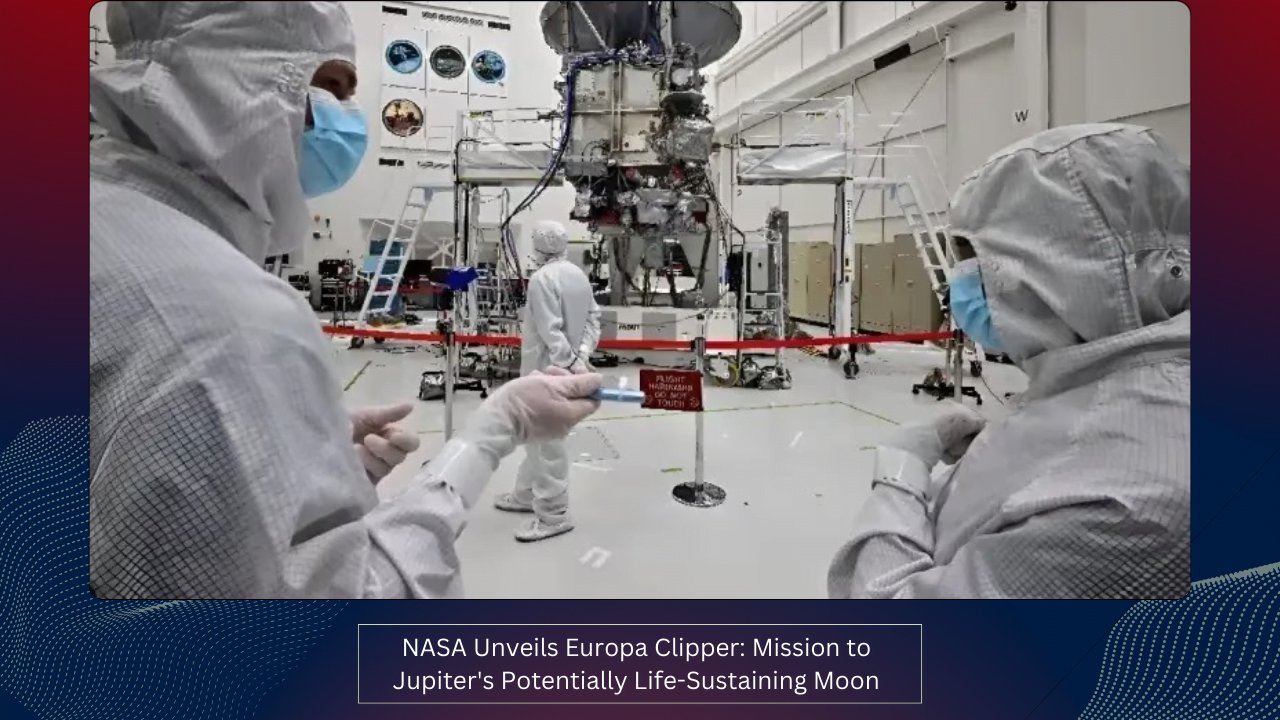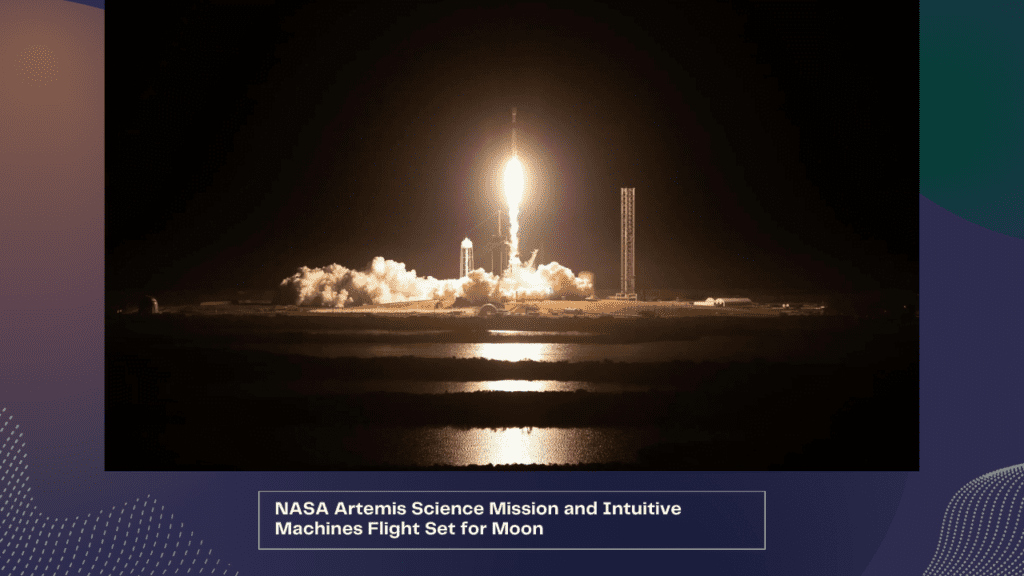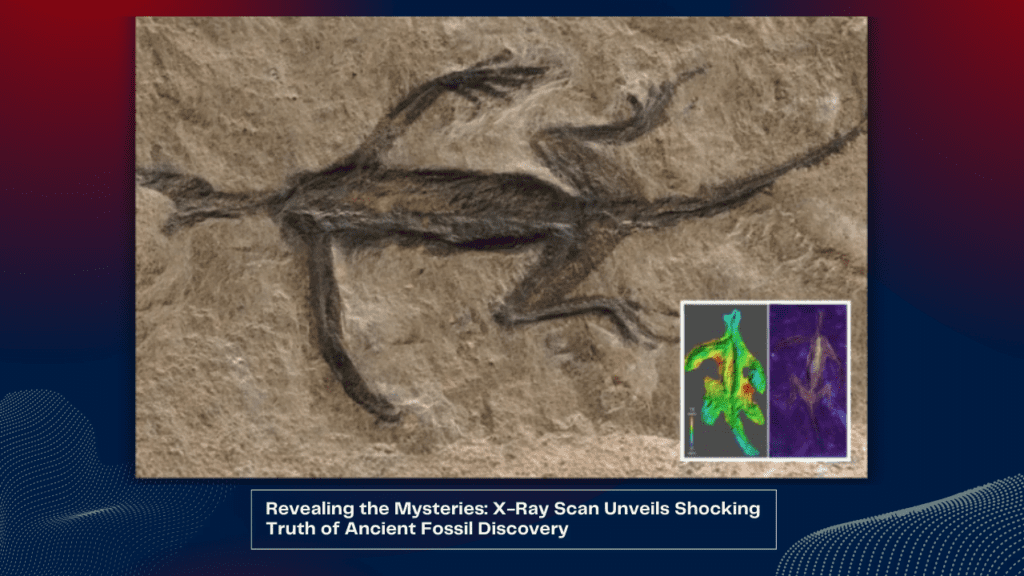
NASA Unveils Europa Clipper: Mission to Jupiter’s Potentially Life-Sustaining Moon
By Huw Griffith | Published on April 11, 2024, 4:35 PM GMT+5:30
NASA has introduced the Europa Clipper spacecraft, set to embark on a groundbreaking mission to one of Jupiter’s icy moons in pursuit of extraterrestrial life.
Scheduled for launch in October, the Clipper spacecraft will journey towards Europa, a moon believed to harbor conditions conducive to life within our solar system. Led by NASA’s Jet Propulsion Laboratory in California, the mission seeks to address humanity’s enduring question: Are we alone in the universe?
Bob Pappalardo, the project scientist, emphasizes the significance of the mission’s objectives in unraveling the mysteries of our cosmic surroundings. He underscores the potential discovery of life on Europa as a groundbreaking revelation that would reshape our understanding of life’s prevalence in the universe.
With a budget of $5 billion, the Europa Clipper is undergoing meticulous preparations at NASA’s Jet Propulsion Laboratory, ensuring it remains pristine within a controlled environment to prevent contamination by terrestrial microbes.
Following its transfer to the Kennedy Space Center in Florida, the spacecraft will embark on a transformative five-year journey propelled by a Space X Falcon Heavy rocket, including a gravitational assist from Mars to accelerate its trajectory.
Upon arrival at Jupiter in 2031, the Europa Clipper will commence its orbital mission, equipped with an array of sophisticated instruments to scrutinize Europa’s icy surface. These instruments, including cameras, spectrometers, a magnetometer, and radar systems, are tailored to discern vital information about Europa’s composition, including the presence of liquid water beneath its frozen crust.
While the mission does not explicitly seek signs of life, it aims to identify the environmental conditions conducive to life’s sustenance, drawing parallels from extreme habitats on Earth. Scientists anticipate Europa’s subsurface oceans may harbor microbial life, offering tantalizing prospects for the existence of life beyond Earth.
Despite the scientific promise, the Europa Clipper faces formidable challenges, including navigating through Jupiter’s intense radiation belts and transmitting data over vast interplanetary distances. Moreover, sustaining power generation from solar arrays poses a significant hurdle during the mission’s extended duration near Jupiter.
The Europa Clipper mission, conceived in the late 1990s, is slated to culminate by 2034, marking the conclusion of its scientific exploration. However, the spacecraft’s final act will involve a deliberate crash into Jupiter’s moon Ganymede, ensuring its responsible disposal and minimizing space debris.
As humanity ventures into the cosmic abyss, the Europa Clipper represents a testament to human ingenuity and curiosity, poised to unveil the secrets of Jupiter’s enigmatic moon and potentially revolutionize our perception of life’s ubiquity in the universe.

